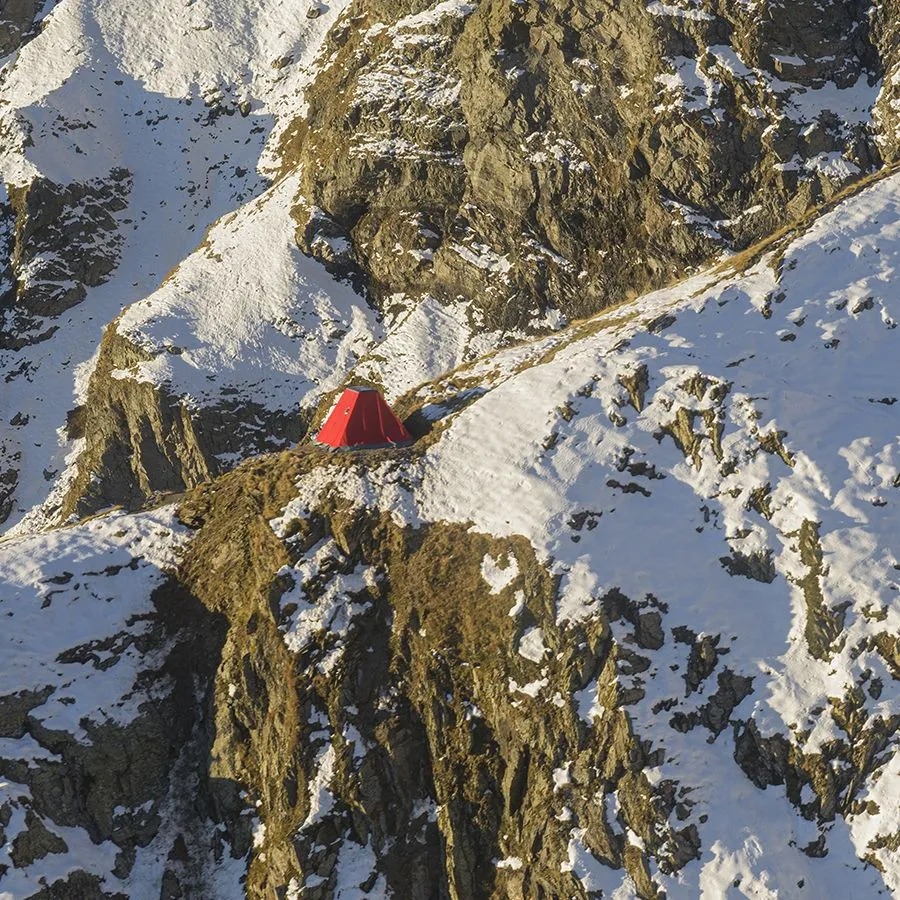 Aldo Frattini Bivouac by Tomaso Clavarino, Courtesy GAMeC - Galleria d’Arte Moderna e Contemporanea di Bergamo
Aldo Frattini Bivouac by Tomaso Clavarino, Courtesy GAMeC - Galleria d’Arte Moderna e Contemporanea di Bergamo What does it mean to think like a mountain? Coined by American ecologist Aldo Leopold in 1949, the phrase describes a perspective that stretches beyond the human — one that recognizes the intelligence of ecosystems and the slow reciprocity between species, stones, and soil. In the valleys of the Bergamo Alps, steep pastures, rivers, and forests coexist with centuries-old villages, where local communities have long shaped, and been shaped by, the landscape. Reinterpreted by the Orobie Biennial, Leopold's perspective becomes both an ethical and artistic method, exploring what forms of knowledge emerge when we see the world from the mountain's vantage point, embracing ecological, social, and cultural interconnections.
The biennial extends across Bergamo and its surrounding valleys, from Almenno San Bartolomeo and Brembate to Casnigo and Val Taleggio. Organized by GAMeC – Galleria d'Arte Moderna e Contemporanea di Bergamo and curated by its director, Lorenzo Giusti, it continues the museum's effort to rethink its role within a broader community. Rather than a static institution, GAMeC becomes a living network that extends into the valleys, collaborating with those who inhabit them.
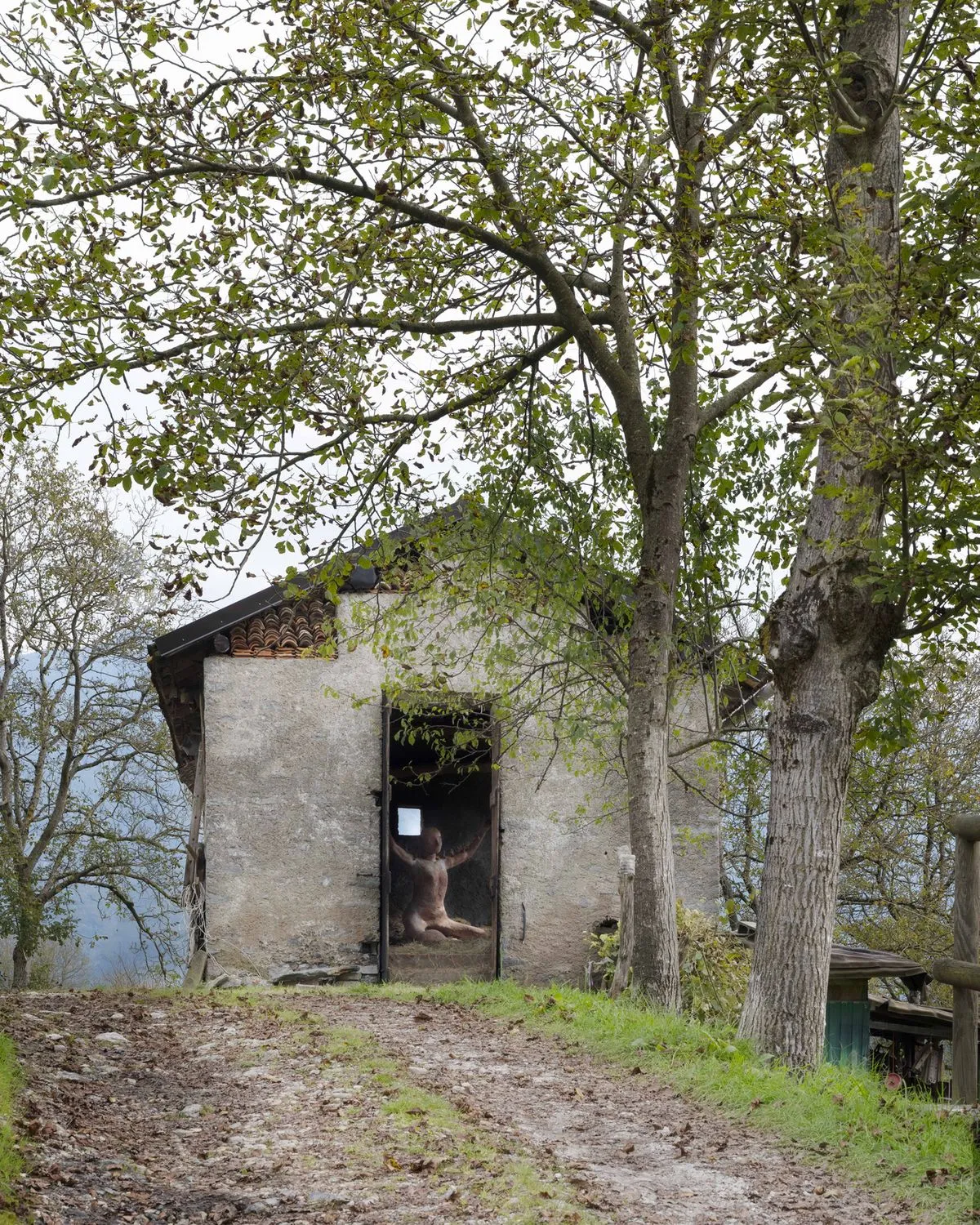

The Biennial unfolds over two years, following the rhythm of the seasons and involving artists such as Sonia Boyce and Maurizio Cattelan, alongside researchers and local organizations, in long-term exchanges. Now in its fifth cycle, it brings together Atelier dell'Errore, Bianca Bondi, Abraham Cruzvillegas, Gaia Fugazza, Agnese Galiotto, Asunción Molinos Gordo, and Pedro Vaz.
Giusti describes it as a "laboratory of coexistence," a phase of experimentation leading up to the opening of a new museum in 2027. The project stems from reflections on Bergamo's pandemic experience, when GAMeC reached beyond its walls through initiatives like Radio GAMeC to explore how an institution can engage meaningfully with communities and operate sustainably.
"Before this new chapter begins," Giusti notes, "we chose to use 2024–25 as a time of seeding and rooting the museum more deeply within Bergamo and its community."
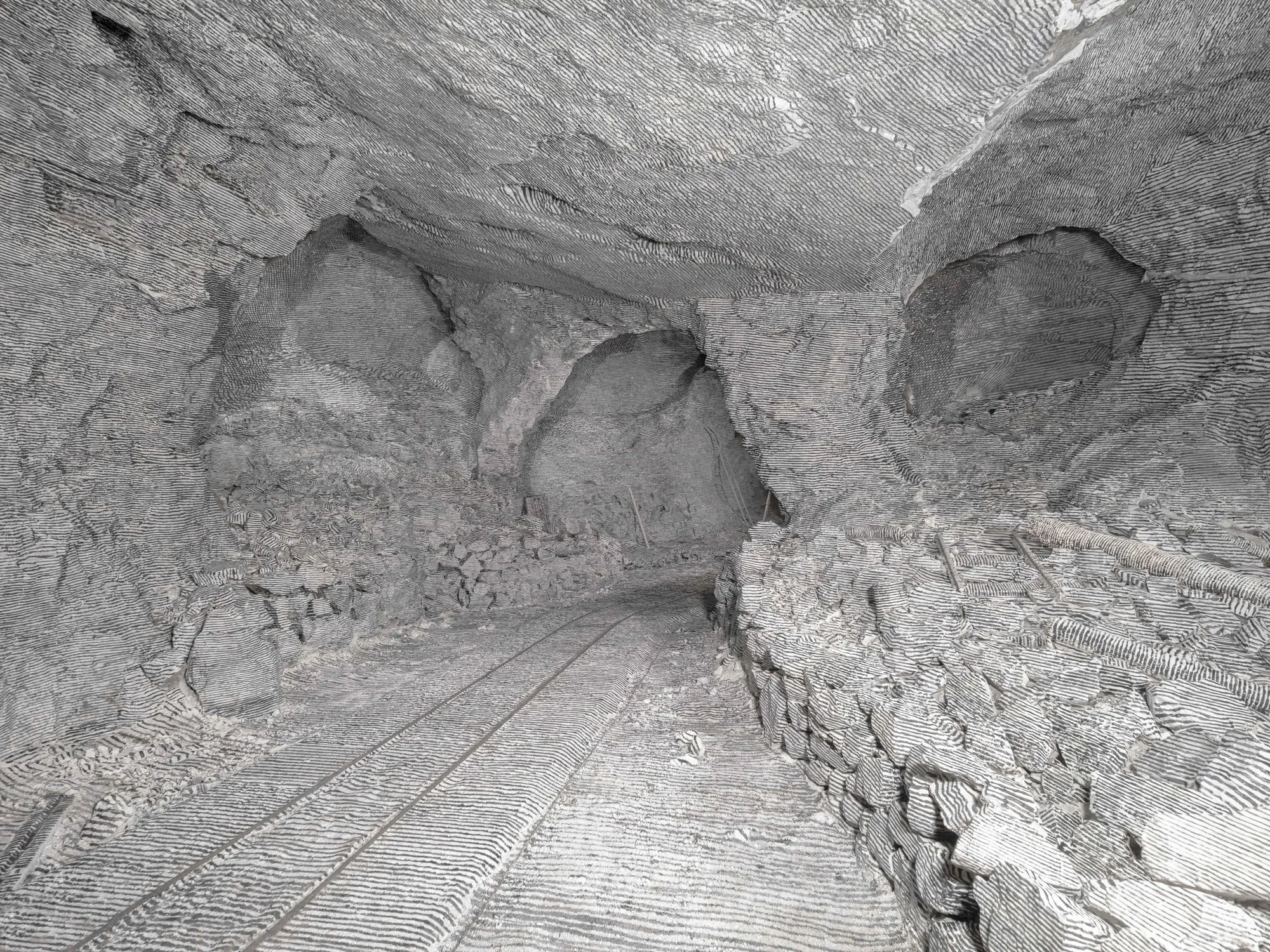
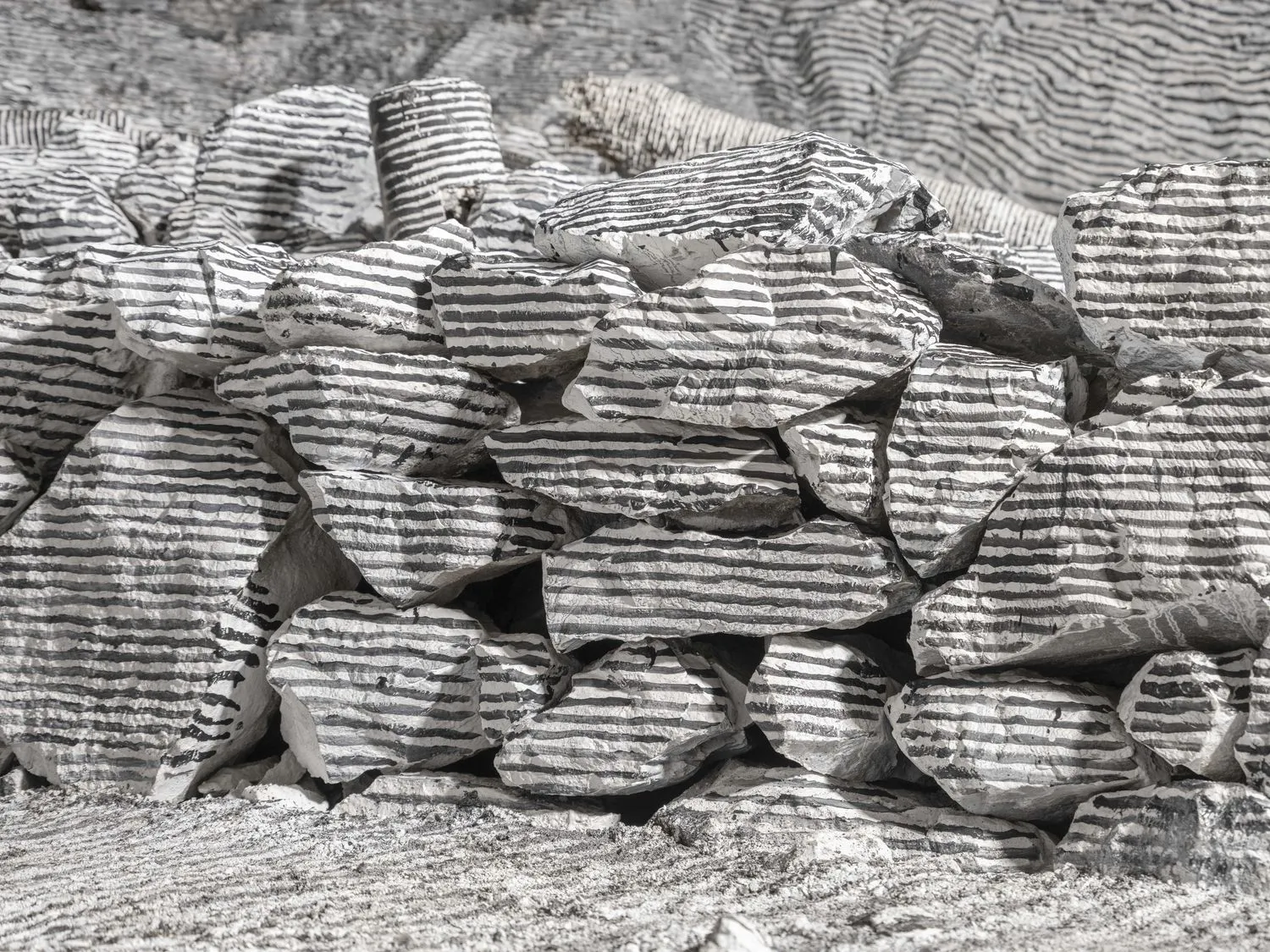
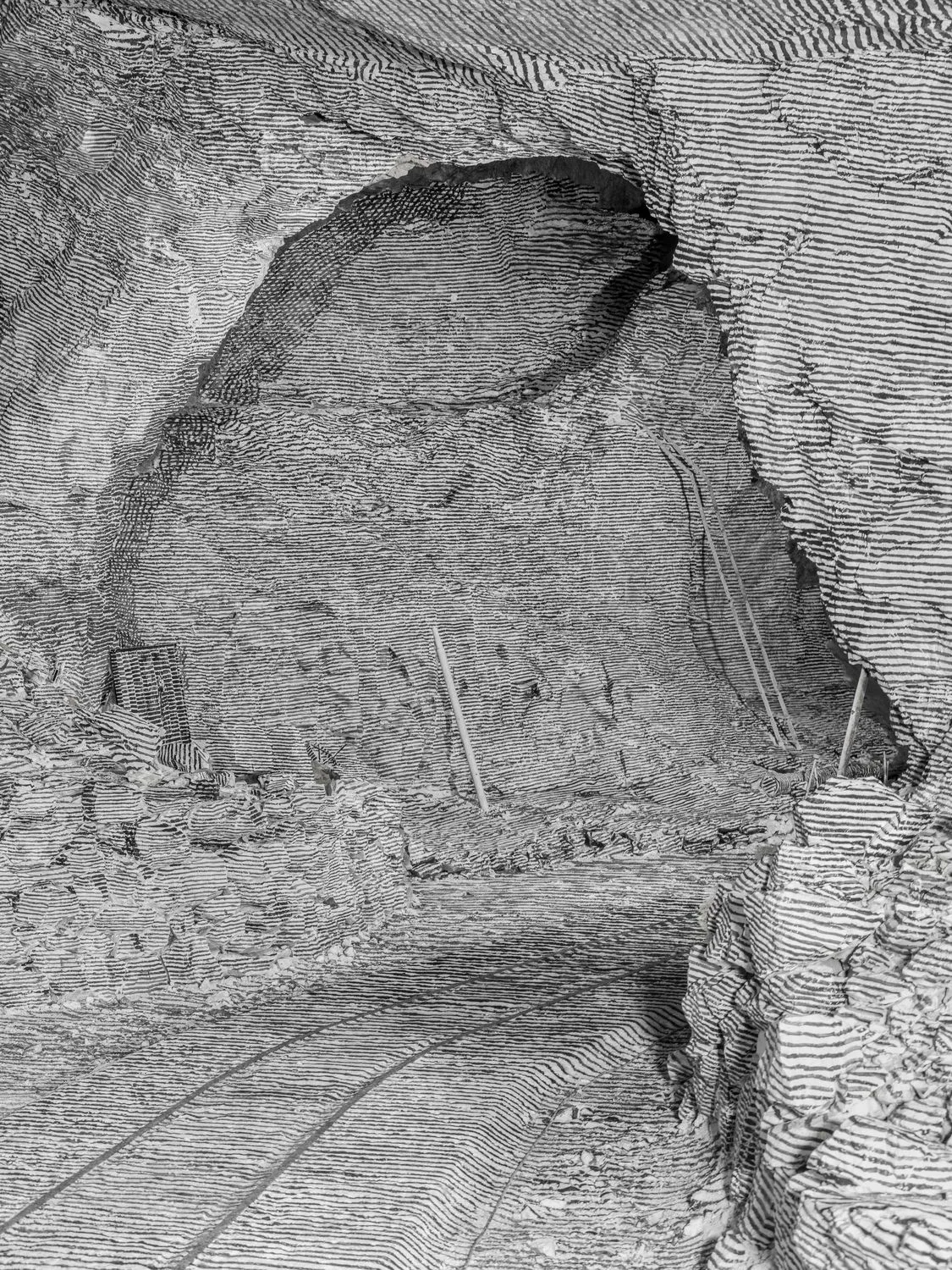
Among the works that continue to shape this evolving dialogue is Landscape Painting by Julius von Bismarck, one of the works created during Biennial's previous cycle. He chose to work in the historic mines of Dossena—sites once marked by labor, danger, and survival—etching directly onto the rock face itself. Rather than depicting nature on canvas, he reversed the gesture, carving the landscape onto itself. His delicate lines mirror the mountain's own strata, merging artistic act with geological time.
Gaia Fugazza's Mother of Millions grew from a residency in Val Talejo, a verdant valley where human presence has long shaped the landscape. Unlike typical ecological narratives that cast humans as invaders, Fugazza observes how centuries of pastoral activity maintained biodiversity, keeping high pastures rich and alive. The sculpture, inspired by the invasive plant Bryophyllum (known as "mother of millions"), becomes a "monument to care," rising not by dominance but by carrying weight collectively—both human and ecological. Made in Tuscany with local clay, co-fired with artisanal expertise, and engraved with images drawn from daily life in the valley, the work collapses distinctions between subject and landscape. The environment is not merely a backdrop but a living, layered skin that the figure bears.
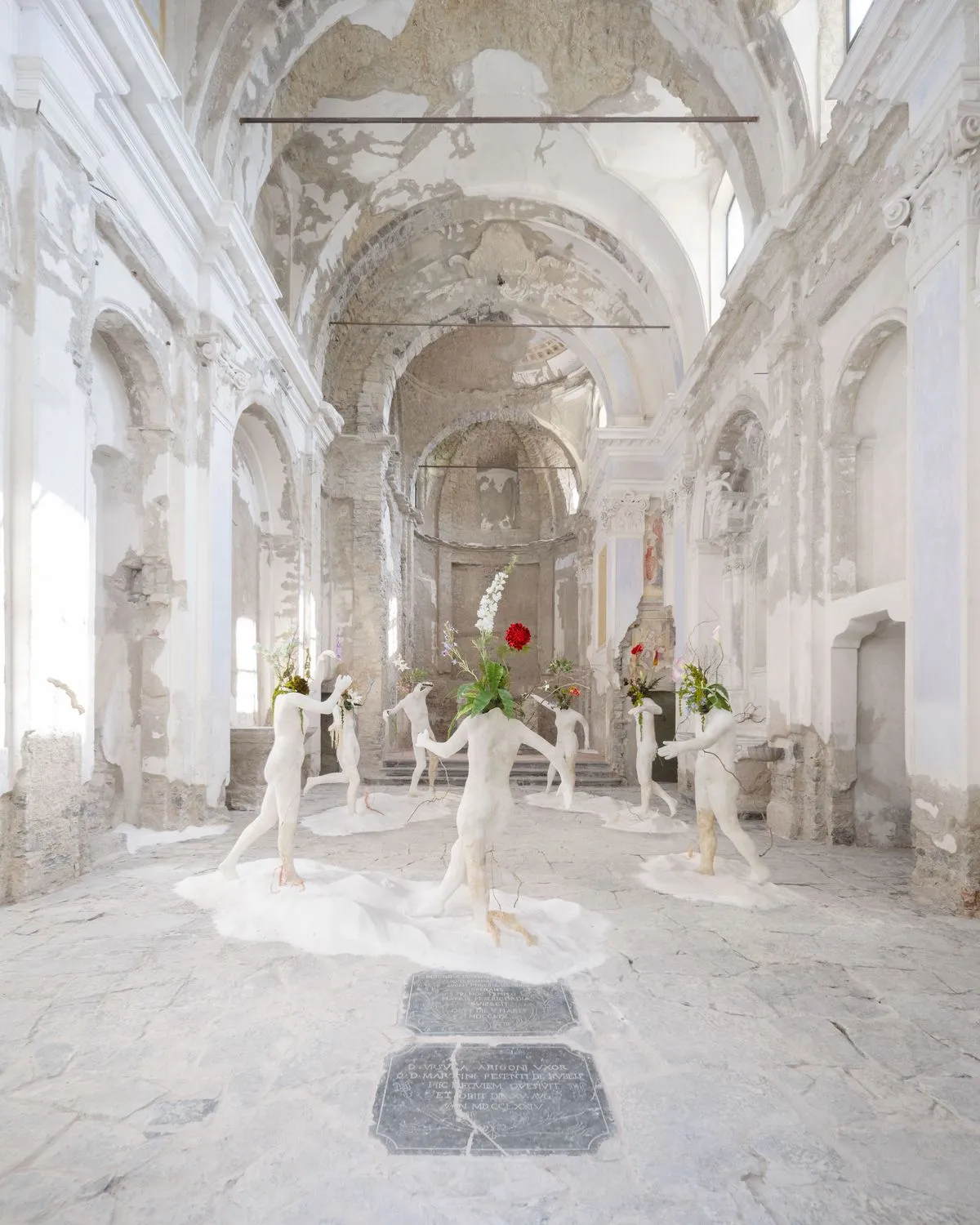
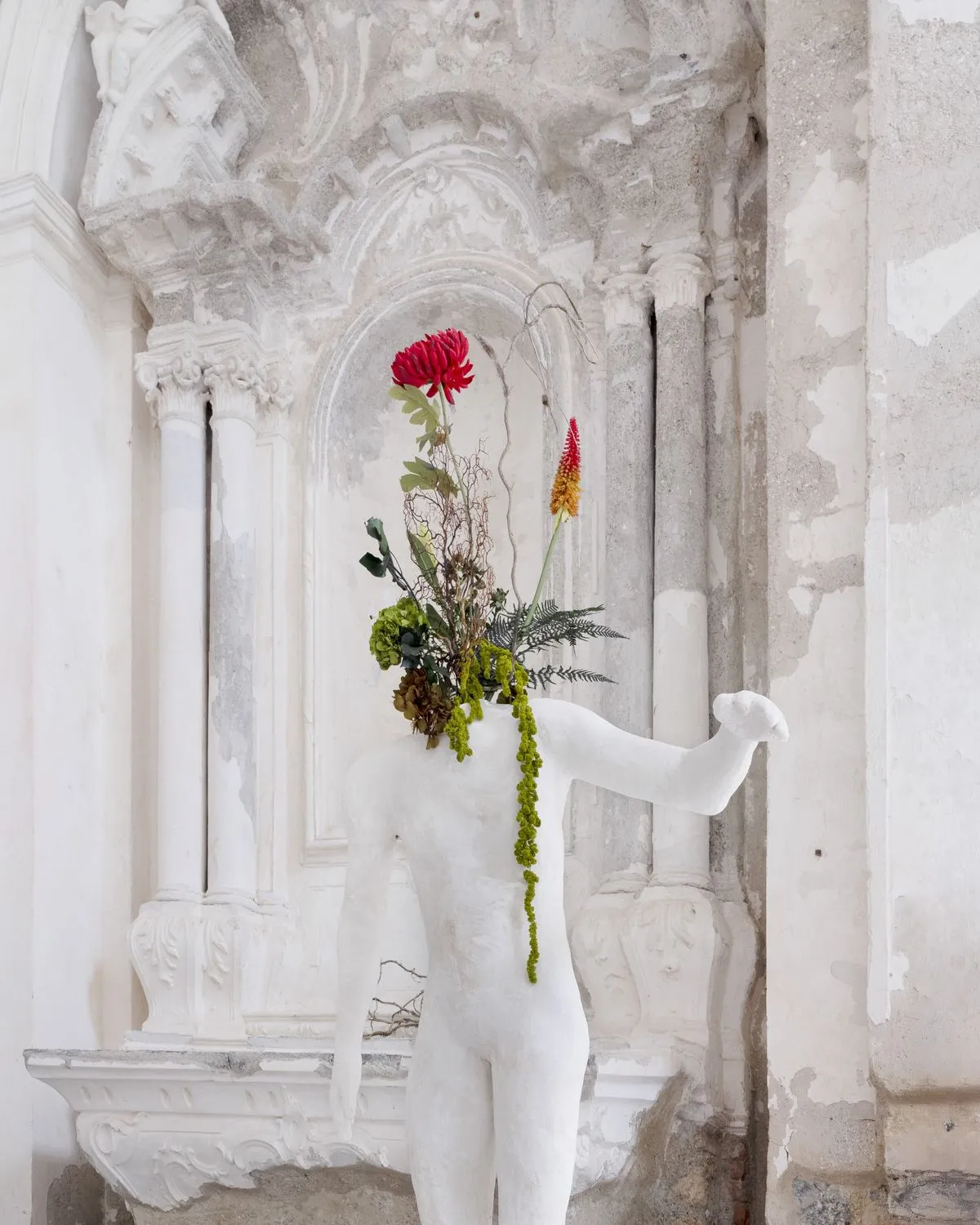
Nearby, in a deconsecrated Romanesque church in Gerosa, Bianca Bondi presents Graces of Gerosa, a sculptural ensemble of dancers made from plaster, crystals, salt, and oxidizing materials that respond to humidity. Developed through conversations with local residents, the work translates historical research and communal memory of a centuries-long ban on dancing, reclaiming the body as a site of renewal. The installation turns the space into a living organism — one that breathes, shifts, and ages with its surroundings.
Extending this attention to cycles of care and regeneration, Spanish artist Asunción Molinos Gordo is hosting an artistic-participatory workshop in the Valle della Biodiversità of Astino, in collaboration with the "Lorenzo Rota" Botanical Garden of Bergamo. Drawing on the seed archive preserved by the Botanical Garden, the project aims to collect and share the stories associated with the seeds, offering a collective reflection on the concept of Seed Kinship—the idea that seeds can generate emotional bonds and nurture a sense of belonging.
From these valley-based works, the Biennial returns to GAMeC with an exhibition dedicated to Atelier dell'Errore. Founded in 2002 by Bergamo-born Luca Santiago Mora as a visual arts workshop for neurodivergent children, the collective became professionalized in 2015, developing painting, sculpture, and performance practices. The exhibition showcases key works from the past decade, demonstrating how inclusive and collaborative processes shape both form and thought.
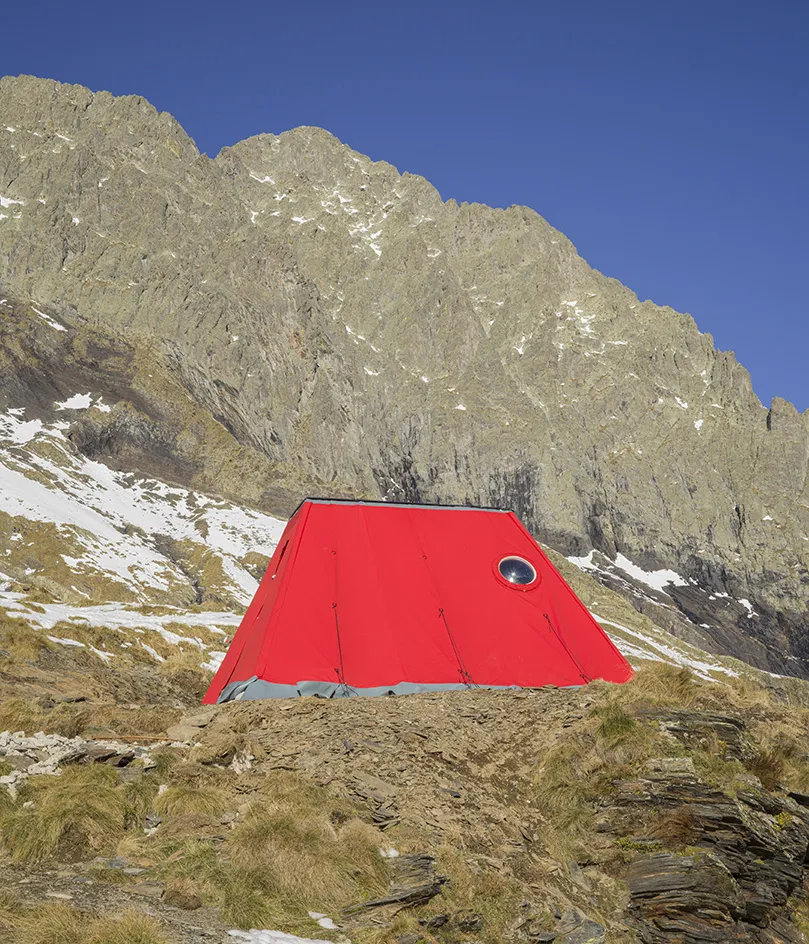

Extending this dialogue between care, community, and environment, the Biennial also looks upward — to the high altitudes of the Orobie Alps. This October, the new Bivacco Aldo Frattini opened on the Alta Via delle Orobie Bergamasche, developed in collaboration with the Bergamo section of the Italian Alpine Club and EX., a design laboratory working between art, landscape, and technology. Perched at 2,300 meters, the bivouac is both shelter and experiment: a textile refuge that turns fragility into architecture while hosting environmental monitoring and material testing in extreme conditions. Data collected there will flow directly to GAMeC, linking the mountain ecosystem to the Biennial's broader network of care and observation.
Across the Biennial, what emerges is a model of cultural practice grounded in listening, time, and community. Works are inseparable from their contexts — ecological, social, or architectural — revealing how art can learn from the territory and its multiple forms of life. Drawing on Aldo Leopold's ethics of ecological interdependence, Donna Haraway's call for multispecies coexistence, and Tim Ingold's view that knowledge arises through living and making within an environment, Giusti frames understanding as relational rather than linear. This ethos runs through every project, from the mines of Dossena to the gardens of Astino, where art operates not only as practice but as principle — a means of understanding, connecting, and regenerating human and nonhuman worlds alike.